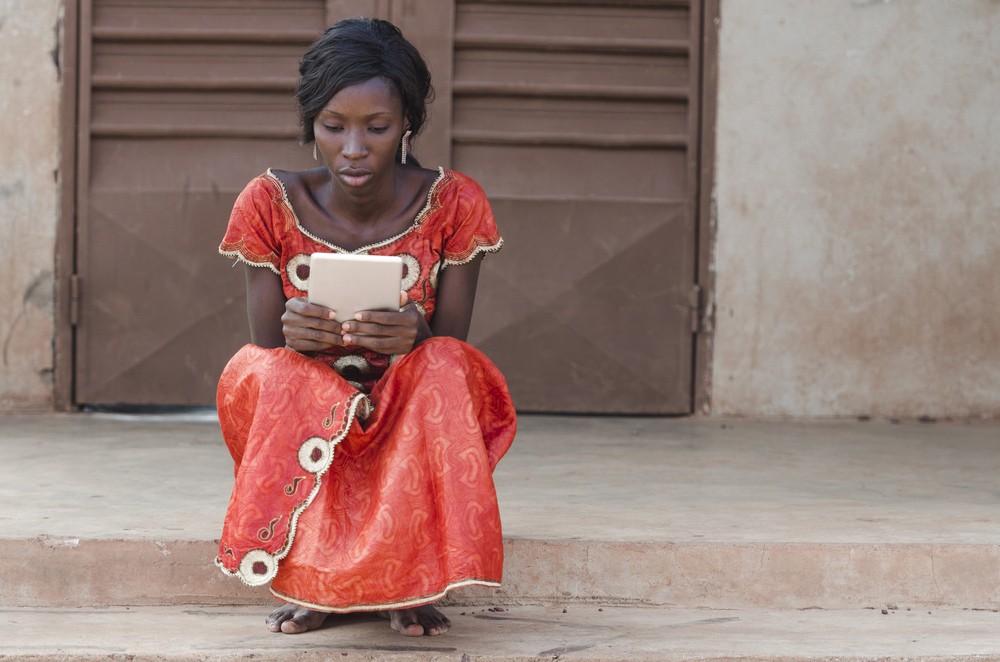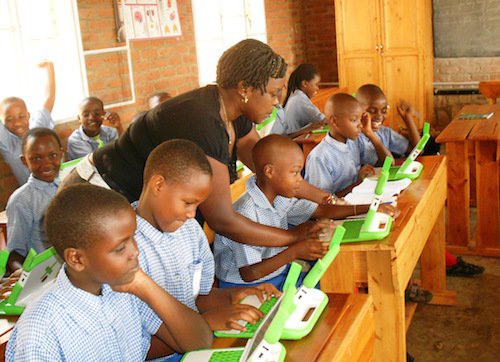3 Cost Effective Strategies When Deploying eLearning In Africa
The mere cost of rolling out eLearning in Africa is deterrent for most academic institutions and governments. In many cases people are overwhelmed by how much investment is needed and as a result African countries have been very slow in their adaptation and implementation of eLearning. There are strategies that can be applied to reduce these costs and that will facilitate the quick and efficient roll out of eLearning.
- Know Your Market Needs.
The most powerful champions or resistors of eLearning in Africa are often the learners and educators. eLearning may be supported at the highest levels of Education Ministries and there may be a unanimous decision that eLearning is necessary to take education in the nation to the next level, but your initiative will go nowhere if they don’t have buy in. Each market/nation has specific needs that have to be evaluated in order to cost-effectively deploy eLearning. Most critical is to align national ICT development goals and targets for basic education, which will guide the allocation of medium-term funding for education and ongoing national and local plans. The essence of cost efficiency is in starting with the basics and then scaling up once there is uptake. In Kenya for example, without intervention 6 million of the 9 million students in primary school will fail. In rural areas, more than two thirds of students fail, with more than 80% of girls failing. With these unique statistics a targeted and cost effective approach to eLearning was required that would reach students that needed the intervention the most. Knowing the challenges that existed in the rural Kenyan market such as internet connectivity and devices, Eneza Education developed an eLearning delivery model that leverages on low cost mobile technology. Students with basic feature phones can access locally aligned tutorials, tips, and assessments, as well as a leaderboard, Wikipedia text and live teacher chat through USSD/SMS. To date Eneza Education has over 460,000 unique users across over 8,000 schools in Kenya. An impact report by Eneza Education reflects that, students using Eneza Education for only 30 minutes per week increased their average scores 5% more than their peers at the same schools with the same teachers. Eneza Education mastered the approach of starting with the basics and scaling up. Though it stated on basic feature phones, Eneza Education is now available on an online web app, an offline desktop app, and an Android app. When eLearning in Africa is clearly deployed in line with the needs of the market, there is a much less risk of spending large amounts of money on implementing a solution that is not suitable for that specific market. - Maximize On Open Educational Resources.
Open Educational Resources (OER) are freely accessible, openly licensed documents and media that are useful for teaching, learning, and research purposes. OER initiatives can build capacity in African education by providing educators free or low-cost access to tools, content, and communities of practice. These in turn can support them to develop and/or adapt educational materials and integrate them into high quality courses and programs. Through such processes, both educators and learners will benefit from improved and collaborative delivery of education. OER’s have the potential to advance the delivery of education by increasing the availability of free relevant learning materials, reducing the cost of accessing educational materials, and stimulating the active engagement of teaching staff and students in creating learning resources. OER initiatives have been successfully implemented in Africa, radically reducing the costs of students and educators acquiring quality academic materials. OER Africa is a groundbreaking initiative established by the South African Institute for Distance Education (SAIDE), playing a leadership role in supporting higher education institutions across Africa in the development and use of Open Educational Resources (OER) to enhance teaching and learning. OER’s immediately reduce the costs associated with content development and content acquisition by removing copying restrictions and making academic content available to all. The Vision for a Health OER Network in Africa is an OER initiative started by experts in health science institutions across Africa to openly share health education materials. These materials are used by health professionals in Africa to enhance their knowledge and training, as well as by students and educators around the world. In South Africa, CoZa Cares Foundation created a new digital library, Nolwazi. Nolwazi is a digital repository of OERs aligned with the South African primary school and high school curriculum including subject research and lesson planning. A significant proportion of Nolwazi’s OER content has been sourced from practicing teachers – for teachers. Nolwazi bring immediate access to digital materials include past examination papers, videos, simulations, lesson plans, educational android apps for smart phones and tablets, worksheets, eBooks at zero cost. - Use an Open Source or affordable Learning Management System.
Open source Learning Management Systems (LMSs)are a major attraction when one wants to deploy eLearning at minimal cost. The initial licensing cost that exists in the case of proprietary Learning Management Systems is not there in the case of open source Learning Management Systems. Development and maintenance costs will exist but they are marginally lower than when licensing an Learning Management System. Open source Learning Management Systems such as Moodle, Sakai and A-tutor have gained popularity in educational institutions. Once an in-house team attains competency in customizing the open source Learning Management System, it turns out to be more viable. Open Source Learning Management Systems such as Moodle have Moodle partners who can also provide support to users and the costs will not be as high as for licensed Learning Management Systems. You don’t pay for software licensing so acquisition, implementation and development costs are typically lower than for proprietary software. Moodle has gained particular popularity in tertiary institutions on the African continent. In 1996 the World Bank established the African Virtual University (AVU) as a project to increase capacity for distance learning across African universities. AU Online is a Moodle based Learning Management System used to deliver course content and host online learning activities at AVU. AVU has successfully utilized Moodle to increase their reach across the African continent in a cost effective way. The eFront open source Learning Management System is another one that has proved popular in African markets. eFront has a visually attractive icon-based user interface that gives a nice look-and-feel and is easy to use.
Conclusion
Practical experience has shown that piloting is a really useful exercise, as it enables you to engage with end users in different cultures and understand their preferences. With budget constraints in mind, it is not possible to pilot everywhere but if you understand the needs of the market, utilize a platform that has minimal to no costs and maximize on OER’s it is possible to deploy successful eLearning on the continent at minimal cost.
References:
- Dlodlo, N. “Access to ICT education for girls and women in rural South Africa: A case study”, Technology in Society, 2009, 31 (2): 168–175.
- Nolwazi
- Open Educational Resources Africa
- African Virtual University
- Eneza Education








